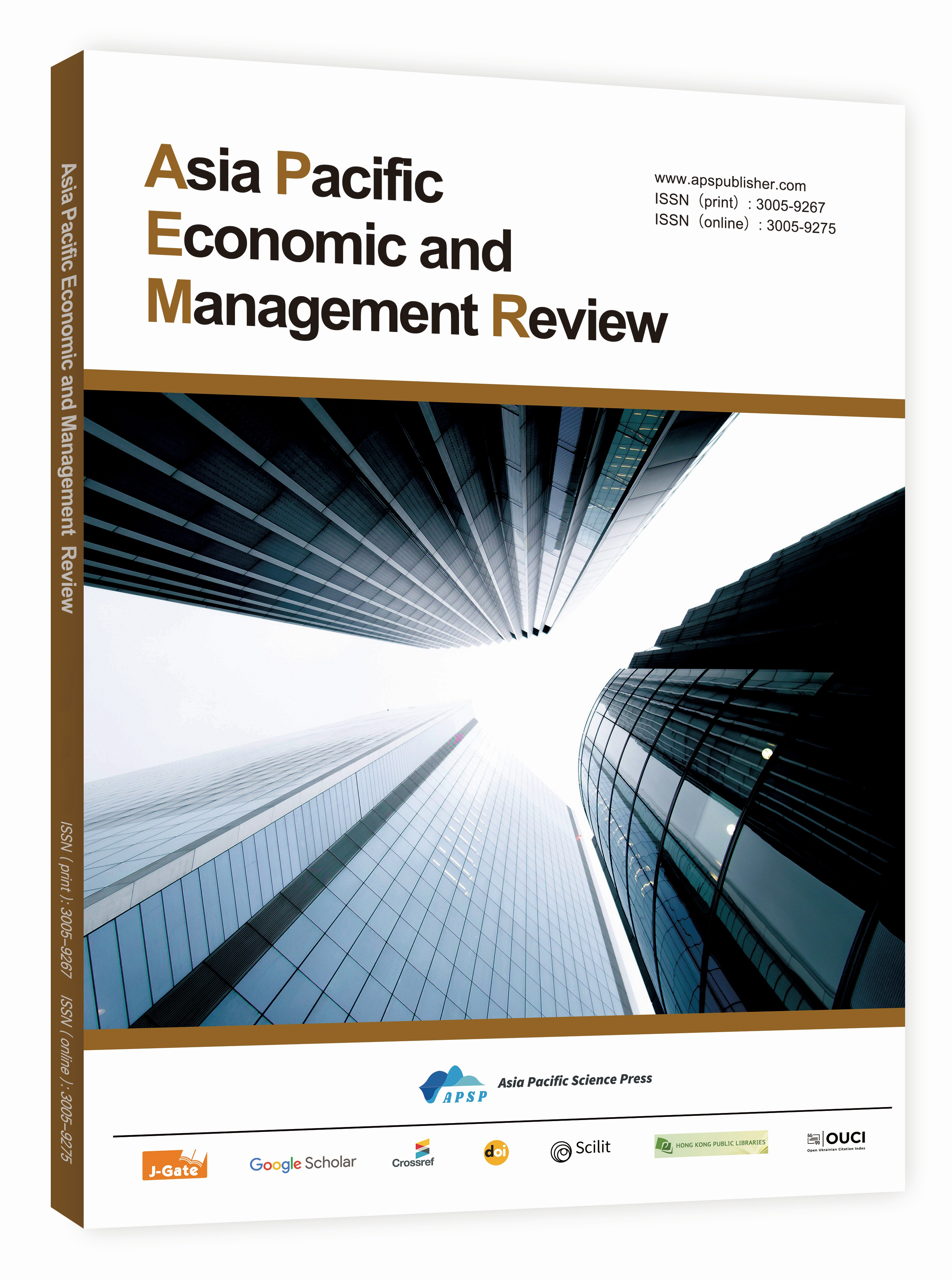Building HVAC Electric Load Demand Prediction: Balancing Learning Rate and Hidden Layers for Improved Model Performance
DOI:
https://doi.org/10.62177/apemr.v2i2.178Keywords:
Neural Network, Machine Learning, Learning Rate, Hidden Layer, Electric Load Demand PredictionAbstract
This study examines the performance of a predictive model for building HVAC electric load demand under three distinct conditions. The analysis focuses on two key metrics: the coefficient of variation of the root mean square error (CVRMSE) and the coefficient of determination (R²). Results indicate a notable disparity in model fitting across the conditions. For conditions 1 (learning rate =0.0001, hidden layer =7) and 3 (learning rate =0.0001, hidden layer =5), an increase in iteration rounds leads to a decrease in CVRMSE, signifying enhanced prediction accuracy. Conversely, condition 2 (learning rate =0.01, hidden layer =7) exhibits an increase in CVRMSE with more iterations, suggesting reduced accuracy. The R² values consistently rise with additional iterations across all conditions, indicating improved model fit. However, condition 2 presents a slightly larger discrepancy between the training and test sets compared to conditions 1 and 3. These findings highlight the varying impacts of iteration on model performance across different scenarios. The study underscores the importance of tailoring model parameters, such as learning rate and hidden layers, to specific conditions to optimize predictive accuracy. This research contributes to the understanding of how iterative processes and model configurations affect the accuracy and reliability of HVAC load predictions, offering insights for future model development and application in energy management systems.
Downloads
References
United States Energy Information Administration, IEO 2021 Narrative, 2021. www.eia.gov.
A. Allouhi, S. Rehman, M.S. Buker, Z. Said, Up-to-date literature review on Solar PV systems: Technology progress, market status and R&D, Journal of Cleaner Production, 362 (2022) 132339. DOI: https://doi.org/10.1016/j.jclepro.2022.132339
Lazovic, I., Turanjanin, V., Vučićević, B., Jovanovic, M., & Jovanović, R. (2022). Influence of the building energy efficiency on indoor air temperature: The case of a typical school classroom in Serbia. Thermal Science, 26(4 Part B), 3605–3618. DOI: https://doi.org/10.2298/TSCI220125067L
Z. Wang, T. Hong, M.A. Piette, Data fusion in predicting internal heat gains for office buildings through a deep learning approach, Applied Energy, 240 (2019) 386-398. DOI: https://doi.org/10.1016/j.apenergy.2019.02.066
Y. Chen, P. Xu, Y. Chu, W. Li, Y. Wu, L. Ni, Y. Bao, K. Wang, Short-term electrical load forecasting using the Support Vector Regression (SVR) model to calculate the demand response baseline for office buildings, Applied Energy, 195 (2017) 659-670. DOI: https://doi.org/10.1016/j.apenergy.2017.03.034
Z. Wang, T. Hong, M.A. Piette, Building thermal load prediction through shallow machine learning and deep learning, Applied Energy, 263 (2020) 114683. DOI: https://doi.org/10.1016/j.apenergy.2020.114683
A. Lahouar, J. Ben Hadj Slama, Day-ahead load forecast using random forest and expert input selection, Energy Conversion and Management, 103 (2015) 1040-1051. DOI: https://doi.org/10.1016/j.enconman.2015.07.041
L. Cao, Y. Li, J. Zhang, Y. Jiang, Y. Han, J. Wei, Electrical load prediction of healthcare buildings through single and ensemble learning, Energy Reports, 6 (2020) 2751-2767. DOI: https://doi.org/10.1016/j.egyr.2020.10.005
J. Moon, S. Park, S. Rho, E. Hwang, Robust building energy consumption forecasting using an online learning approach with R ranger, Journal of Building Engineering, 47 (2022) 103851. DOI: https://doi.org/10.1016/j.jobe.2021.103851
Y. Zhou, Y. Liang, Y. Pan, X. Yuan, Y. Xie, W. Jia, A Deep-Learning-Based Meta-Modeling Workflow for Thermal Load Forecasting in Buildings: Method and a Case Study, Buildings, 12 (2022) 177 DOI: https://doi.org/10.3390/buildings12020177
R. Jin, G. Agrawal, Communication and Memory Efficient Parallel Decision Tree Construction, in: SDM, 2003. DOI: https://doi.org/10.1137/1.9781611972733.11
Downloads
How to Cite
Issue
Section
License
Copyright (c) 2025 Meng Gao, Yamei Wang, Yufei Qin, Jiahui Fu, Guangkai ZHANG

This work is licensed under a Creative Commons Attribution-NonCommercial 4.0 International License.
DATE
Accepted: 2025-03-06
Published: 2025-03-19

















